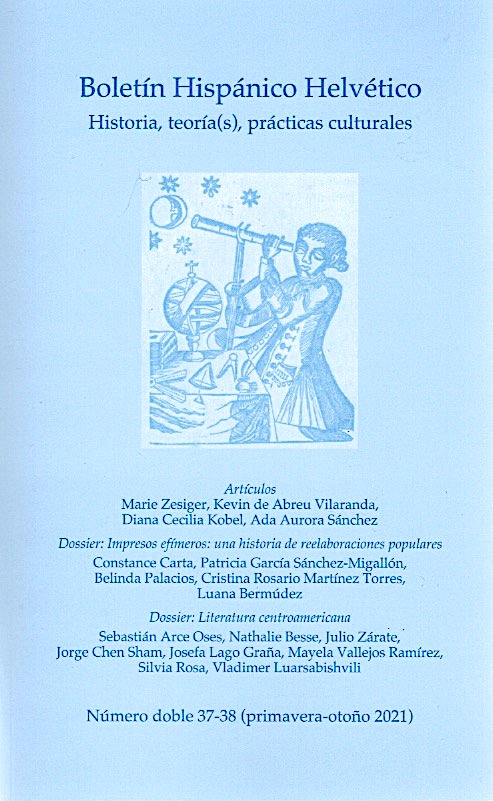Memory and exile
Traces of the civil war in Horacio Castellanos Moya’s «La diaspora» and «Moronga»
Keywords:
Central American literature, Civil war, Exile, Horacio Castellanos Moya, Memory, ViolenceAbstract
This article proposes a comparative reading of Horacio Castellanos Moya's La diáspora (1989) and Moronga (2018). We examine the way in which the Salvadoran author's view has evolved, in thirty years, around the fictional treatment of what he qualifies as the Central American "chaotic exodus", a product of the civil war and the immanence of violence and poverty in this region. We will study how the war has left a handful of shipwrecked who survive in a world in which they are mere spectators, living with their minds set on the past. It will also analyze how distance and time appear incapable, in both novels, of erasing the traces of the war, which remain present in the memory of the characters, even after they have been exiled in Mexico and the United States. Castellanos Moya builds a bridge, throughout his work, between fiction and the Salvadoran historical context. The bridge becomes, in his most recent novel, distant and cynical in the face of disillusionment and the hopelessness of finding a solution to the violence.




